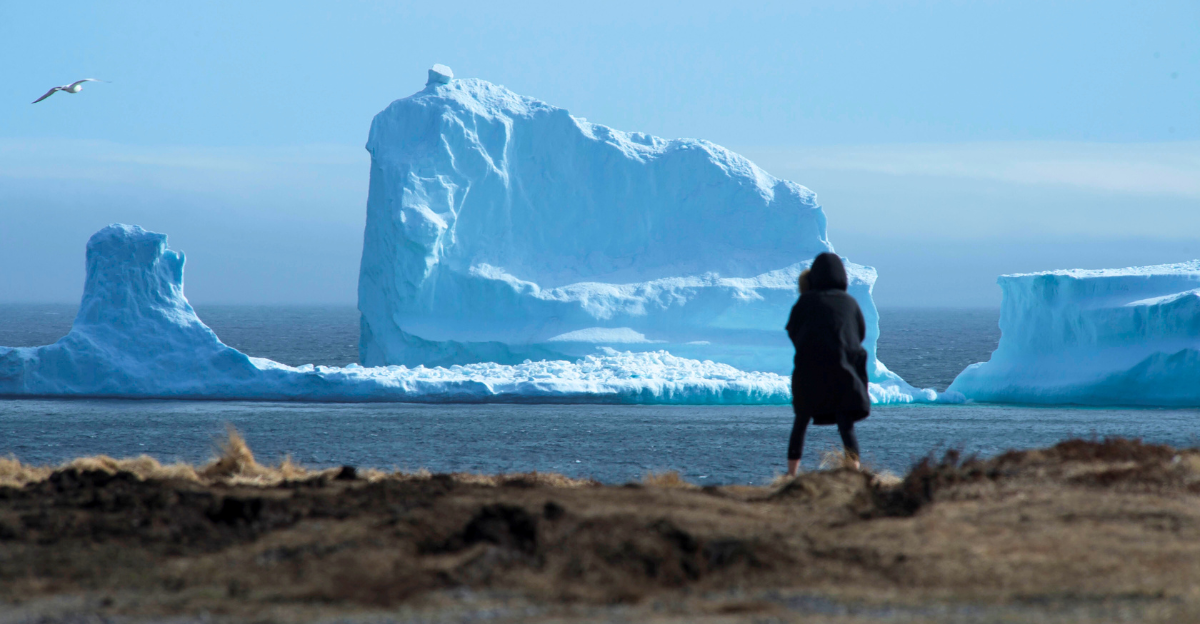
In January 2025, a massive iceberg called A-84, approximately the size of Chicago, was calved from Antarctica’s George VI Ice Shelf. This event exposed a 209-square-mile section of seafloor that had been concealed beneath ice for centuries. Scientists aboard the Schmidt Ocean Institute’s research vessel, Falkor (too), were fortuitously nearby and swiftly redirected their mission to explore this newly revealed ecosystem.
Utilizing the remotely operated vehicle SuBastian, the team discovered a thriving community of marine life, including sponges, corals, and various invertebrates, challenging previous assumptions about life beneath ice shelves.
The George VI Ice Shelf and Iceberg A-84
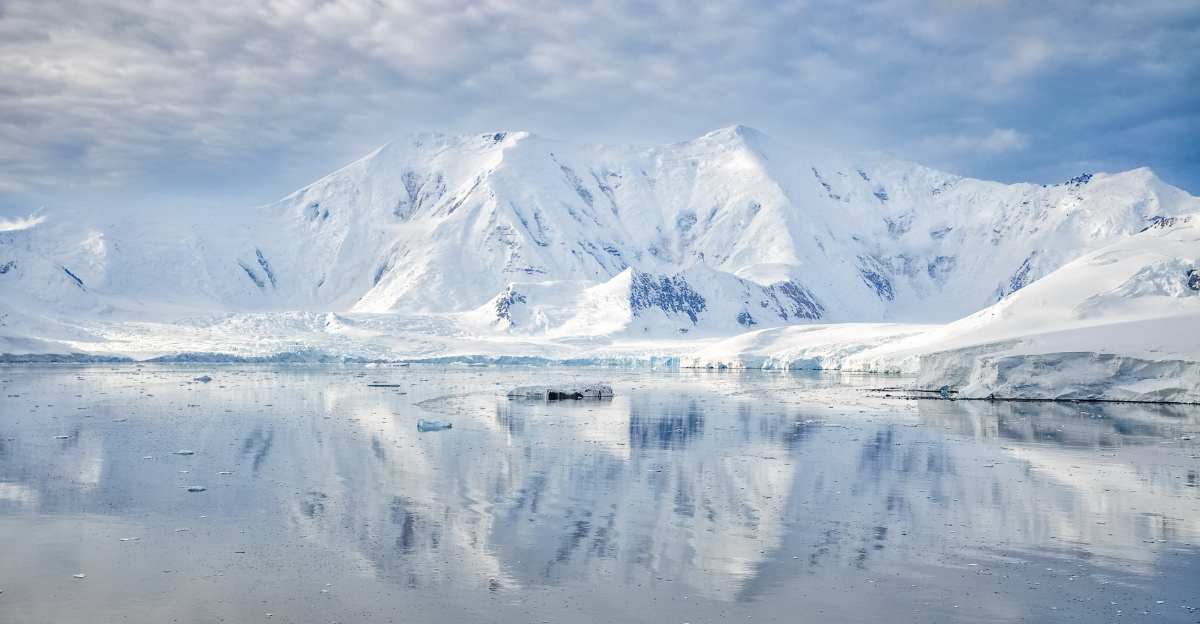
The George VI Ice Shelf, located on the Antarctic Peninsula, is a significant floating glacier. On January 13, 2025, iceberg A-84, measuring approximately 510 square kilometers, detached from this ice shelf.
Such calving events are natural occurrences, but have become more frequent due to climate change. The detachment of A-84 provided an unprecedented opportunity to study the previously inaccessible seafloor beneath the ice shelf.
Discovering a Hidden Ecosystem

The exposed seafloor revealed a vibrant ecosystem teeming with life. Scientists observed various species, including sponges, anemones, hydroids, and corals, some of which may be new to science.
The presence of these organisms suggests that life can persist in extreme and isolated environments, offering insights into the resilience and adaptability of marine ecosystems.
The Role of Ocean Currents in Sustaining Life
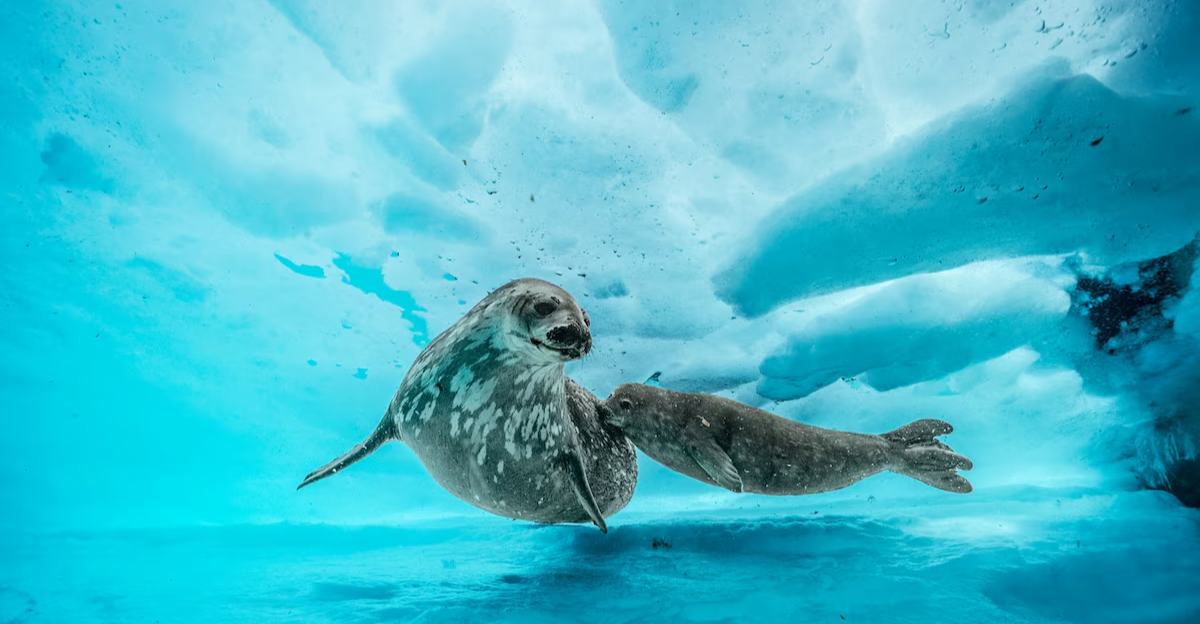
One of the intriguing questions arising from this discovery is how these organisms have survived without sunlight. Researchers hypothesize that ocean currents may transport nutrients from open waters to these isolated ecosystems, sustaining life beneath the ice.
Understanding these mechanisms is crucial for understanding how life can exist in extreme conditions.
Implications for Climate Change Research
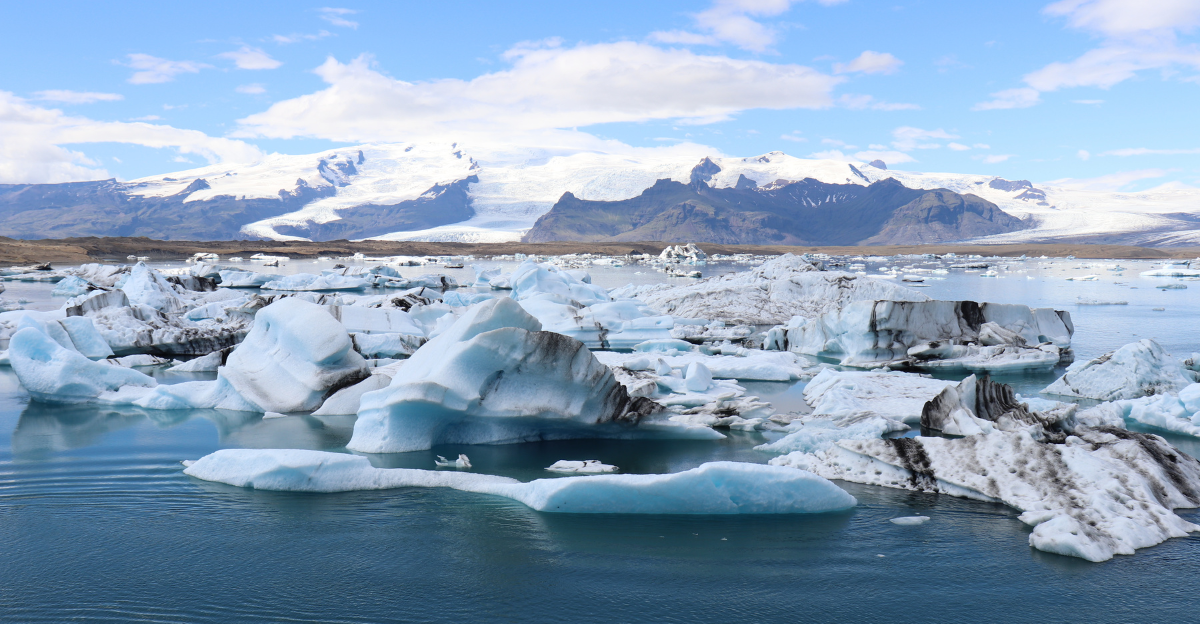
The discovery of this hidden ecosystem has significant implications for climate change research. As global temperatures rise, ice shelves are melting more rapidly, potentially exposing more such ecosystems.
Studying these newly revealed habitats can provide valuable data on the impacts of climate change on marine biodiversity and help predict future ecological shifts.
Technological Advancements in Deep-Sea Exploration
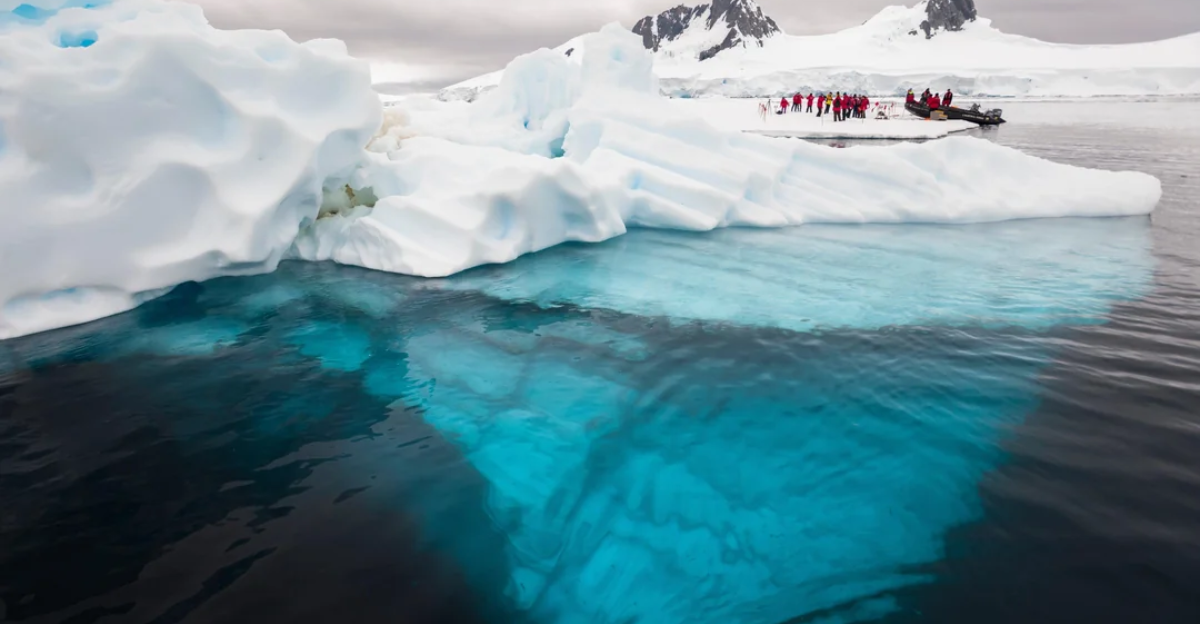
The successful seafloor exploration beneath iceberg A-84 was made possible by advancements in deep-sea exploration technology. The remotely operated vehicle SuBastian allowed scientists to navigate the challenging underwater environment, capturing high-resolution images and collecting samples.
These technological tools are essential for expanding our understanding of Earth’s least explored frontiers.
Biodiversity in Extreme Environments

The resilience of life in such extreme conditions underscores the importance of studying biodiversity in isolated ecosystems.
These organisms have adapted to survive in complete darkness and under immense pressure, offering insights into evolutionary biology and the potential for life in similar environments elsewhere in the universe.
The Importance of International Collaboration

The expedition to explore the seafloor beneath iceberg A-84 was a collaborative effort involving scientists from various countries.
Such international cooperation is vital for conducting large-scale research projects, pooling resources, and sharing knowledge to advance scientific understanding of our planet’s ecosystems.
Future Research Opportunities
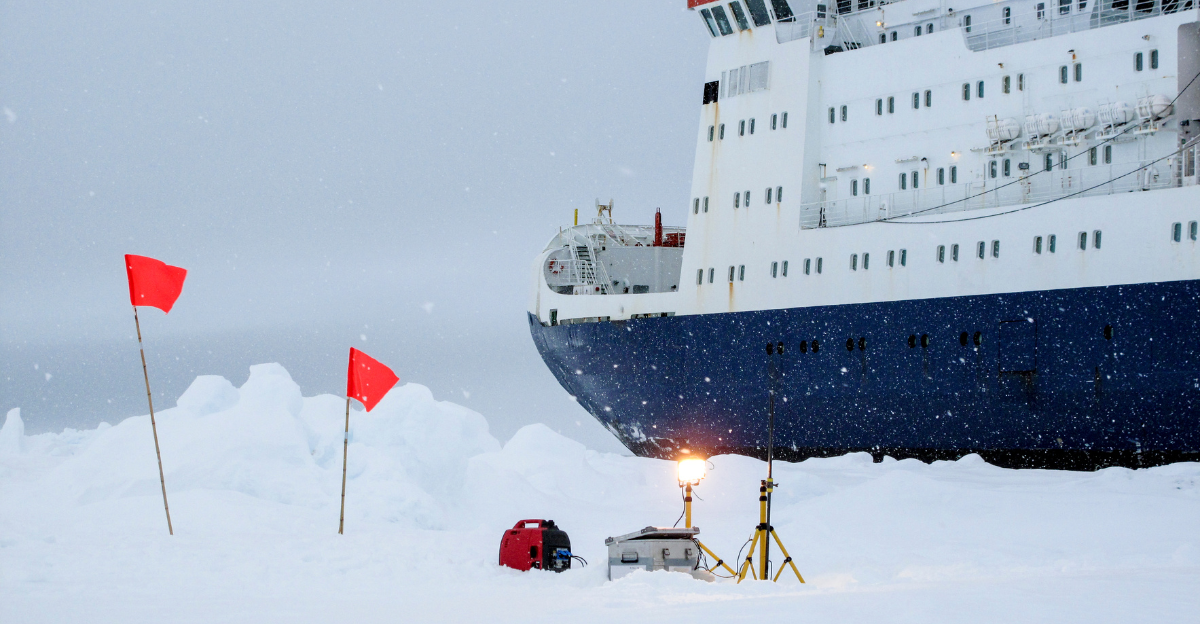
The findings from this expedition open new avenues for research into sub-ice ecosystems. Scientists aim to conduct further studies to understand these communities’ longevity, reproductive strategies, and roles in the broader marine ecosystem.
Continued exploration will enhance our knowledge of life in extreme environments.
Preserving Antarctica’s Hidden Ecosystems
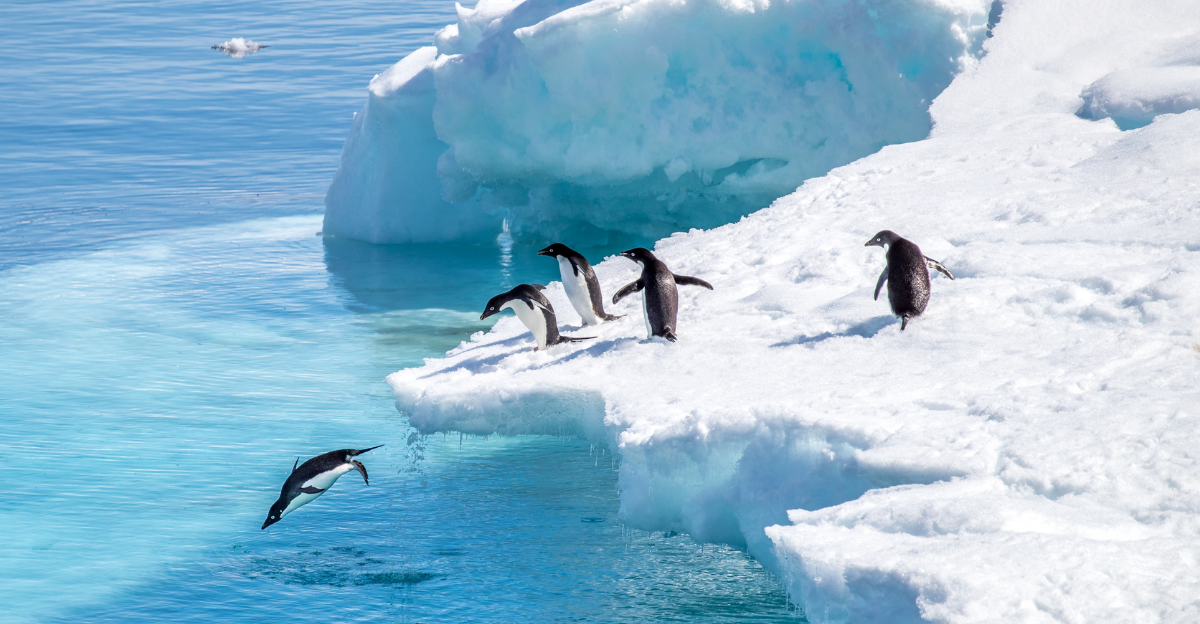
As climate change continues to impact polar regions, it is crucial to prioritize the preservation of Antarctica’s unique ecosystems. Protecting these habitats requires global cooperation and adherence to environmental protocols to ensure that scientific exploration does not inadvertently harm these fragile communities.
Safeguarding these ecosystems is essential for maintaining biodiversity and understanding Earth’s ecological history.
Explore more of our trending stories and hit Follow to keep them coming to your feed!

Don’t miss out on more stories like this! Hit the Follow button at the top of this article to stay updated with the latest news. Share your thoughts in the comments—we’d love to hear from you!







